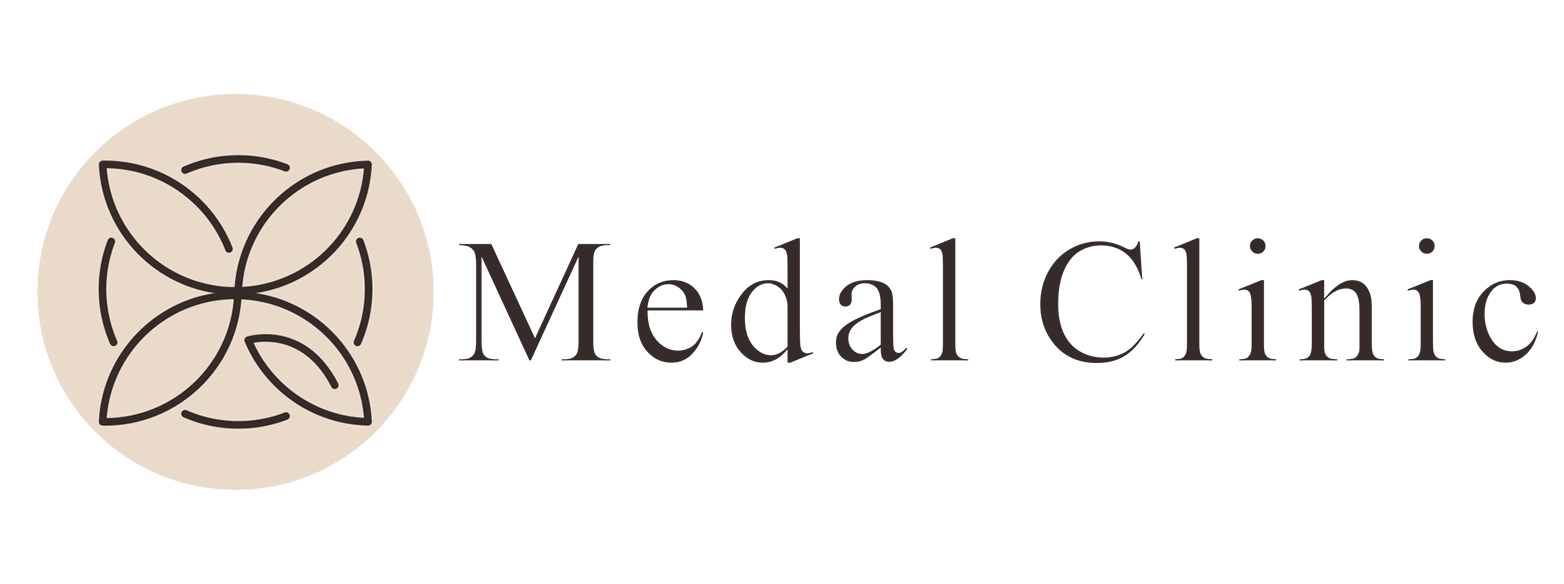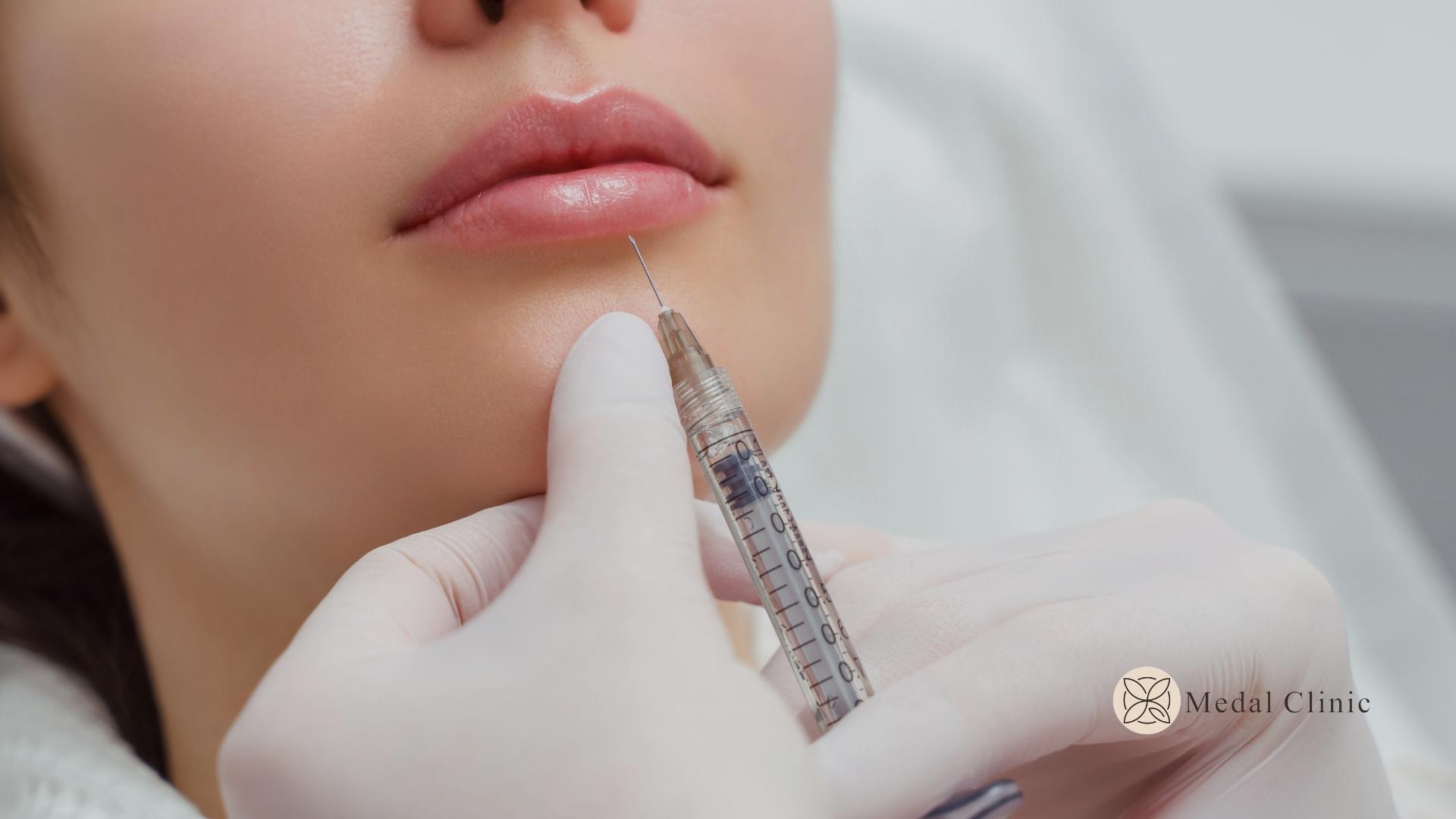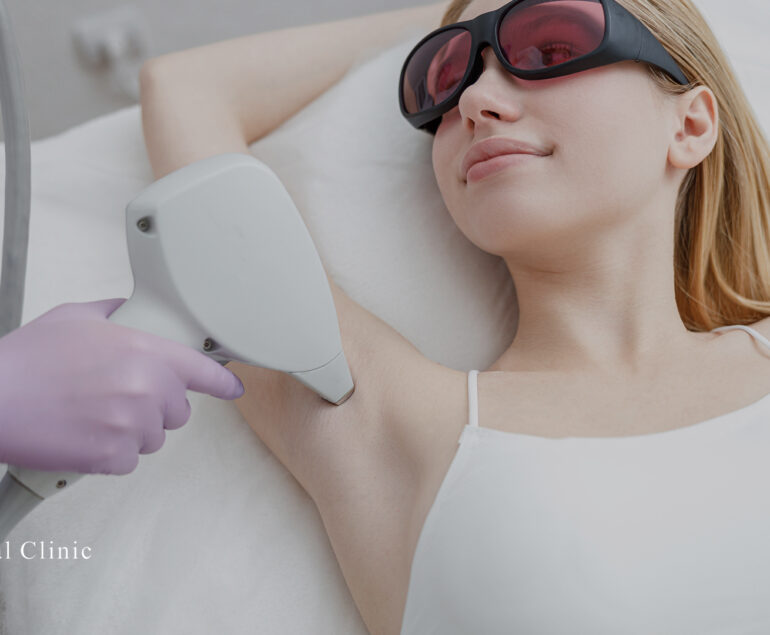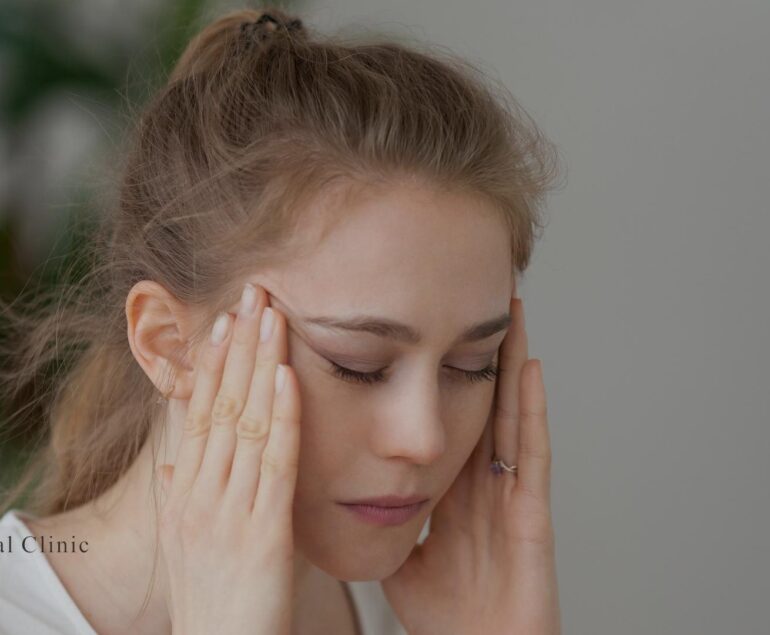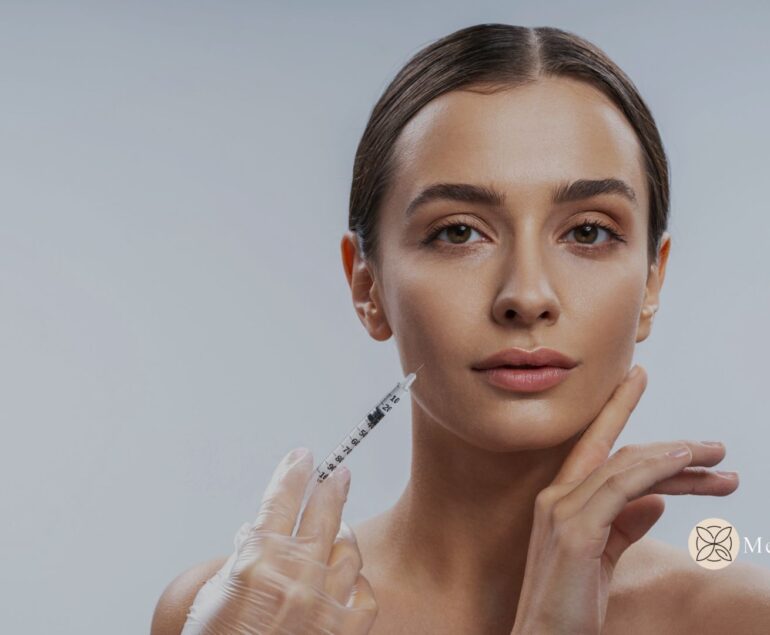Understanding Oedema After Lip Filling: What You Need to Know
In the realm of cosmetic procedures, lip fillers have gained immense popularity in recent years. While they can enhance one’s appearance, it’s essential to address potential side effects, such as oedema, to ensure a well-rounded understanding. In this blog post, we’ll explore oedema after lip filling, what it is, its causes, and how to manage it effectively.
What is Oedema? Oedema, often spelled as edema in American English, is a medical term used to describe the abnormal accumulation of fluid in body tissues. It can occur in various parts of the body, including the lips. Oedema in the context of lip fillers refers to swelling that occurs as a result of the procedure.
Causes of Oedema After Lip Filling:
- Trauma: The injection process itself can cause mild trauma to the lip tissues, leading to temporary swelling.
- Inflammatory Response: Your body treats lip filler injections as a foreign substance, triggering an inflammatory response. This reaction can result in oedema.
- Volume: The amount of filler used and the specific filler product can influence the degree of swelling. More significant volume increases the risk of oedema.
- Technique: The skill and technique of the practitioner play a crucial role. An experienced professional is less likely to cause excessive swelling.
Managing Oedema After Lip Filling:
- Ice: Applying ice to the treated area for short intervals can help reduce swelling. Ensure you wrap the ice pack in a cloth to avoid direct contact with the skin.
- Elevation: Keep your head elevated, especially when sleeping, to minimize fluid accumulation in the lips.
- Hydration: Drinking plenty of water can help your body flush out excess fluids and reduce swelling.
- Avoiding Heat and Alcohol: Stay away from hot baths, saunas, and alcohol for a few days after the procedure, as these can exacerbate swelling.
- Over-the-Counter Medications: If recommended by your practitioner, over-the-counter anti-inflammatory medications like ibuprofen may help manage swelling and discomfort.
- Follow Post-Procedure Instructions: Always adhere to the aftercare instructions provided by your practitioner. This includes avoiding strenuous exercise and excessive facial movements.
When to Seek Medical Attention: While oedema is a common and expected side effect of lip fillers, there are instances where it’s essential to seek medical attention:
- If the swelling is severe, disproportionate, or not improving after a few days.
- If you experience intense pain, redness, or unusual discoloration in the treated area.
- If you have difficulty breathing or swallowing (extremely rare but serious complications).
Conclusion: Oedema after lip filling is a normal part of the recovery process. Understanding its causes and knowing how to manage it can make the experience smoother and less worrisome. Remember that each person’s response to lip fillers can vary, and if you ever have concerns or questions, it’s crucial to consult with your practitioner. Contact Us Now!
FAQ's
What are lip fillers, and how do they work?
Lip fillers are injectable substances used to enhance the volume and shape of the lips. They typically contain hyaluronic acid, which attracts and retains water to add fullness to the lips.
Is oedema common after lip filler injections?
Yes, oedema or swelling is a common side effect following lip filler injections. It’s usually temporary and part of the body’s natural response to the procedure.
How long does oedema last after lip fillers?
Oedema typically peaks within the first 24 to 48 hours after the procedure and gradually subsides over the next few days. In most cases, it resolves within a week.
Are there ways to minimize oedema after lip fillers?
Yes, you can minimize oedema by applying ice, keeping your head elevated, staying hydrated, and avoiding heat and alcohol. Following your practitioner’s post-procedure instructions is crucial.
When should I be concerned about oedema after lip fillers?
While some swelling is expected, you should seek medical attention if the swelling is severe, disproportionate, or not improving after a few days. Additionally, if you experience intense pain, redness, or difficulty breathing or swallowing, consult a healthcare professional.
Can oedema be prevented entirely when getting lip fillers?
Oedema is a natural response to lip fillers and cannot be entirely prevented. However, choosing an experienced practitioner and following proper aftercare instructions can help minimize its severity.
